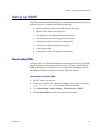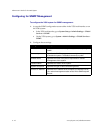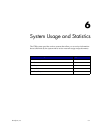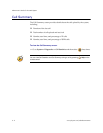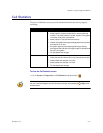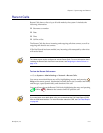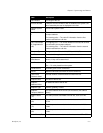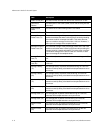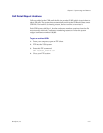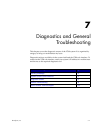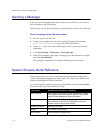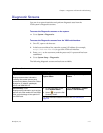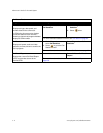
Chapter 6 - System Usage and Statistics
© Polycom, Inc. 6 - 7
Call Duration The length of the call.
Account Number If Require Account Number to Dial is enabled on the system, the
value entered by the user is displayed in this field.
Remote System
Name
The far site’s system name.
Call Field Number
1
The number dialed from the first call field, not necessarily the
transport address.
For incoming calls — The caller ID information from the first
number received from a far site.
Call Field Number
2 (if applicable for
call)
For outgoing calls — The number dialed from the second call field,
not necessarily the transport address.
For incoming calls — The caller ID information from the second
number received from a far site.
Transport Type The type of call — Either H.320 (ISDN) or H.323 (IP).
Call Rate The bandwidth negotiated with the far site.
System
Manufacturer
The name of the system manufacturer, model, and software
version, if they can be determined.
Call Direction In — For calls received.
Out — For calls placed from the system.
Conference ID A number given to each conference.
Call ID Identifies individual calls within the same conference.
Total H.320
Channels Used
The total number of ISDN B channels used in the call.
Endpoint Alias The alias of the far site.
Endpoint
Additional Alias
An additional alias of the far site.
Endpoint Type Terminal, gateway, or MCU.
Endpoint
Transport Address
The actual address of the far site (not necessarily the address
dialed).
Audio Protocol
(Tx)
The audio protocol transmitted to the far site, such as G.728.
Audio Protocol
(Rx)
The audio protocol received from the far site, such as G.728 or
G.722.
Video Protocol
(Tx)
The video protocol transmitted to the far site, such as H.263 or
H.264.
Video Protocol
(Rx)
The video protocol received from the far site, such as H.261 or
H.263.
Video Format (Tx) The video format transmitted to the far site, such as CIF or SIF.
Data Description



